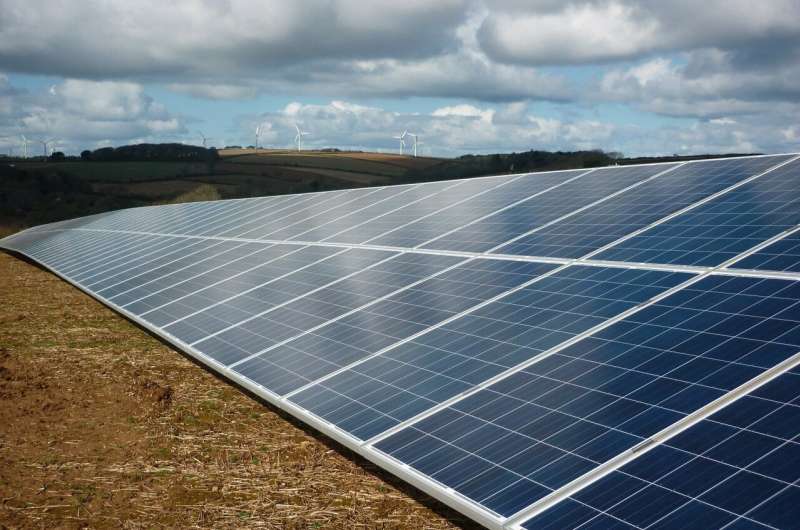
November 11, 2024 by Faith Pring, University of Nottingham
Collected at: https://techxplore.com/news/2024-11-wavy-pipes-efficient-straight-hybrid.html
New research from the University of Nottingham has highlighted how Photovoltaic Thermal (PVT) systems could be made more efficient at converting solar power into usable energy if they used wavy pipes instead of conventional straight pipes.
PVT systems are “hybrid” systems that combine photovoltaic (PV) technology that directly converts sunlight into electricity (solar panels), with thermal components to convert the leftover sun’s energy into heat.
This dual functionality allows PVT systems to improve overall energy efficiency by converting sunlight into both electrical and thermal energy, making them more efficient (more than 70%) than standalone PV systems (15%).
Another benefit of PVT systems is that the solar panel temperature stays low, thereby maintaining higher efficiencies.
The research team, led by Dr. Surojit Sen from the Faculty of Engineering, used a computer model to study how the PVT system, that uses wavy pipes, works. The proposed system is able to utilize the sun much more effectively and also keeps the solar panels at optimum temperature, resulting in higher electricity generation.
The research, published in Applied Thermal Engineering, explained that the PVT system using wavy pipes was able to capture more than 85% of the thermal energy they received.
In comparison, conventional PVT systems with straight tubes of equivalent size are only 72% efficient.
They tested how different parts of the system, like the shape of the pipes, the speed of the fluid inside, and the size of the panels, affected how well the system worked and how much energy was generated.
As global energy demand continues to grow, and environmental concerns surrounding fossil fuels also grow, the efficiency of solar power and other renewable sources has increasing importance.
Adjusting other parts of the system, like the size of the pipes, the speed of the fluid in them, and the size of the collector, increased the efficiency of the solar panels even further.
The width of the panel was also found to be an important factor in how much energy is wasted with solar panels, with a wider panel causing more wasted energy.
“Humans spend about 15% of all energy usage, about 600 billion gigajoules, on indoor heating only. It is crucial to rapidly move over to cleaner energy sources and what better than the sun,” said Dr. Sen.
He added, “This study focuses on novel geometries of fluid channels in solar heating systems that hold the potential to significantly improve the effectiveness of converting freely available solar energy into indoor heating and electricity.”
More information: Arash Kazemian et al, Optimizing photovoltaic thermal systems with wavy collector Tube: A response Surface-Based design study with desirability analysis, Applied Thermal Engineering (2024). DOI: 10.1016/j.applthermaleng.2024.124475

Leave a Reply